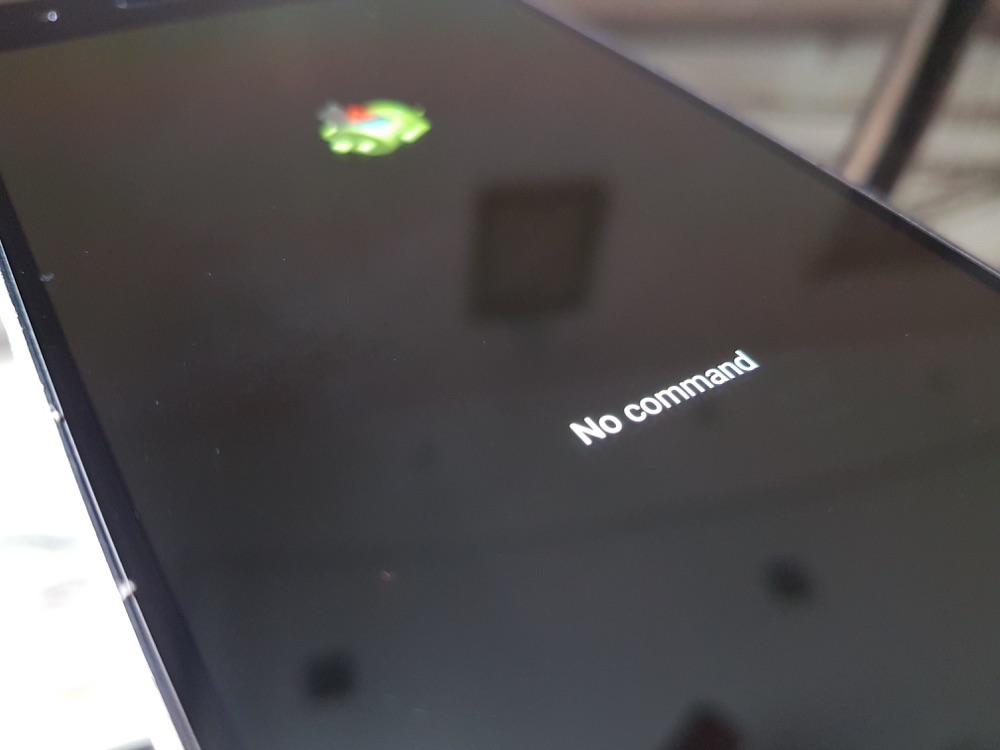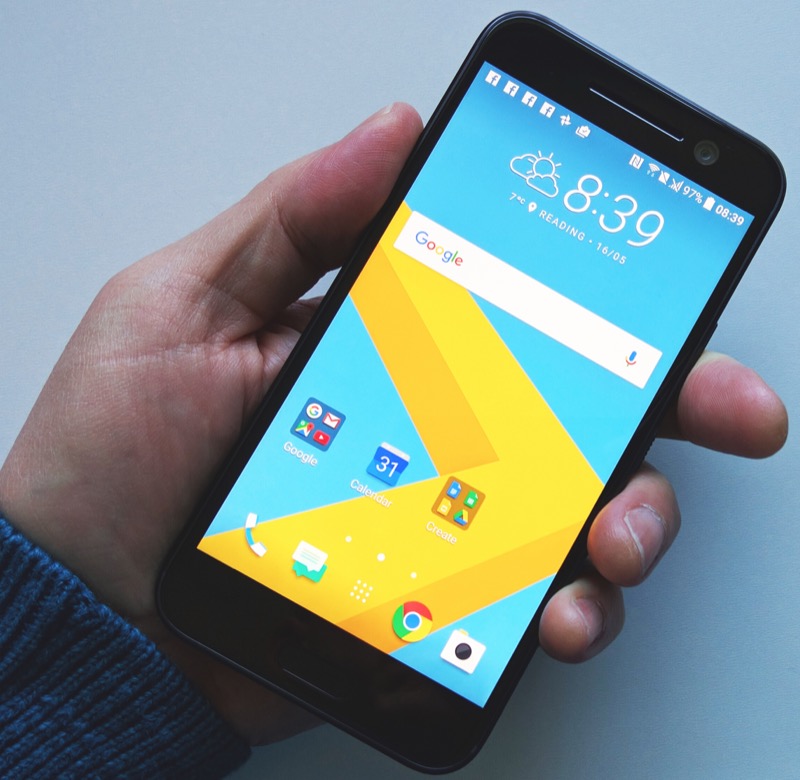
Early rumors of the Nexus 6 suggested that it would feature a fingerprint scanner on the back. The retail variant of the Nexus 6 though does not feature a fingerprint scanner, and even its teardown did not reveal anything about its presence.
Now, as per some commits in AOSP unearthed by the folks over at Ars Technica, the Nexus 6 did feature a fingerprint scanner along with an API in its developmental stages. It was, however, pulled months before the release of the device, presumably because it was still a work in progress.
According to the commits, the fingerprint scanner on the Nexus 6 was swipe-based, and was supplied by Validity Sensors Inc. — a company that was acquired by Synpatics a year ago. One of the API commits revealed that fingerprint scanner was capable of “scanning, enrolling, [and] removing,” while another reveals that it could be used as lockscreen security.
The swipe-based nature of the fingerprint sensor is revealed by certain methods used in the API, including “FINGERPRINT_ACQUIRED_TOO_FAST” and “FINGERPRINT_ACQUIRED_TOO_SLOW.” A swipe-based fingerprint scanner requires users to swipe their finger on the sensor so that it can acquire their fingerprint. This is different from Apple’s Touch ID implementation, which only requires users to simply keep their finger on the sensor to initiate the scanning process.
The fingerprint API was going to be available to multiple apps, with a comment indicating that Google was building a service that kept track of all the apps that accessed the fingerprint HAL.
Google had done something similar with the release of Android 4.4 KitKat last year. The OS was supposed to ship with a new Camera API, but since it was incomplete, the company had it back from the final KitKat release. The new API then made its way to Android with the release of Lollipop last month.
















